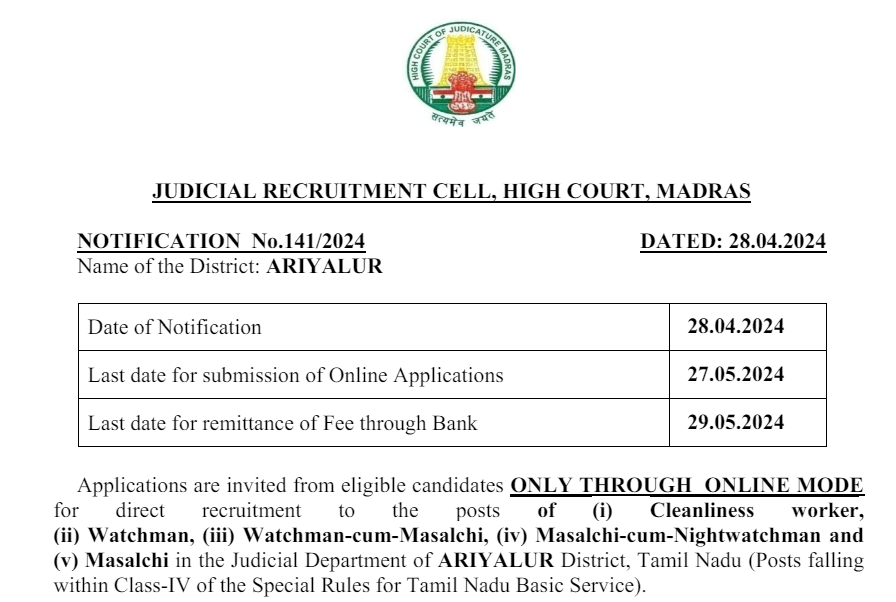Electrical Installation And Wiring MCQ Part 3

Category –EE Online Test
Telegram-Join Us On Telegram
Attempt Free Electrical Installation And Wiring MCQ Part 3 Here. Read The Important Electrical MCQ From Below.
Q1. Cables, generally used beyond 66 kV are
A. oil filled
B. S.L. type
C. belted
D. armoured
Answer : A
Q2. The electrostatic stress in underground cables is
A. same at the conductor and the sheath
B. minimum at the conductor and maximum at the sheath
C. maximum at the conductor and minimum at the sheath
D. zero at, the conductor as well as on the sheath
E. none of the above
Answer : C
Electrical Installation And Wiring MCQ Part 3
Q3. Cables for 220 kV lines are invariably
A. mica insulated
B. paper insulated
C. compressed oil or compressed gas insulated
D. rubber insulated
E. none of the above
Answer : C
Q4. In a cable immediately above metallic sheath ____ is provided.
A. earthing connection
B. bedding
C. armouring
D. none of the above
Answer : B
Electrical Installation And Wiring MCQ Part 3
Q5. In a cable, the maximum stress under operating conditions is at
A. insulation layer
B. sheath
C. armour
D. conductor surface
Answer : D
Q6. The relative permittivity of rubber is
A. between 2 and 3
B. between 5 and 6
C. between 8 and 10
D. between 12 and 14
Answer : A
Electrical Installation And Wiring MCQ Part 3
Q7. The breakdown of insulation of the cable can be avoided economically by the use of
A. inter-sheaths
B. insulating materials with different dielectric constants
C. both (a) and (b)
D. none of the above
Answer : C
Q8. Is a cable is to be designed for use on 1000 kV, which insulation would you prefer ?
A. Polyvinyle chloride
B. Vulcanised rubber
C. Impregnated paper
D. Compressed SF6 gas
E. none of the above
Answer : D
Electrical Installation And Wiring MCQ Part 3
Q9. Which of the following protects a cable against mechanical injury ?
A. Bedding
B. Sheath
C. Armouring
D. None of the above
Answer : C
Q10. The current carrying capacity of cables in D.C. is more than that in A.C. mainly due to
A. absence of harmonics
B. non-existence of any stability limit
C. smaller dielectric loss
D. absence of ripples
E. none of the above
Answer : C
Electrical Installation And Wiring MCQ Part 3
Q11. High tension cables are generally used upto
A. 11 kV
B. 33 kV
C. 66 kV
D. 132 kV
Answer : A
Q12. Solid type cables are considered unreliable beyond 66 kV because
A. insulation may melt due to higher temperature
B. of corona loss between conductor and sheath material
C. there is a danger of breakdown of insulation due to the presence of voids
D. All Of The Above
Answer : D
Electrical Installation And Wiring MCQ Part 3
Q13. The insulation of the cable decreases with
A. the increase in length of the insulation
B. the decrease in the length of the insulation
C. either (a) or (b)
D. none of the above
Answer : A
Q14. If a power cable and a communication cable are to run parallel the minimum distance between the two, to avoid interference, should be
A. 2 cm
B. 10 cm
C. 50 cm
D. 400 cm
Answer : C
Electrical Installation And Wiring MCQ Part 3
Q15. The insulating material for a cable should have
A. low cost
B. high dielectric strength
C. high mechanical strength
D. all of the above
Answer : D














